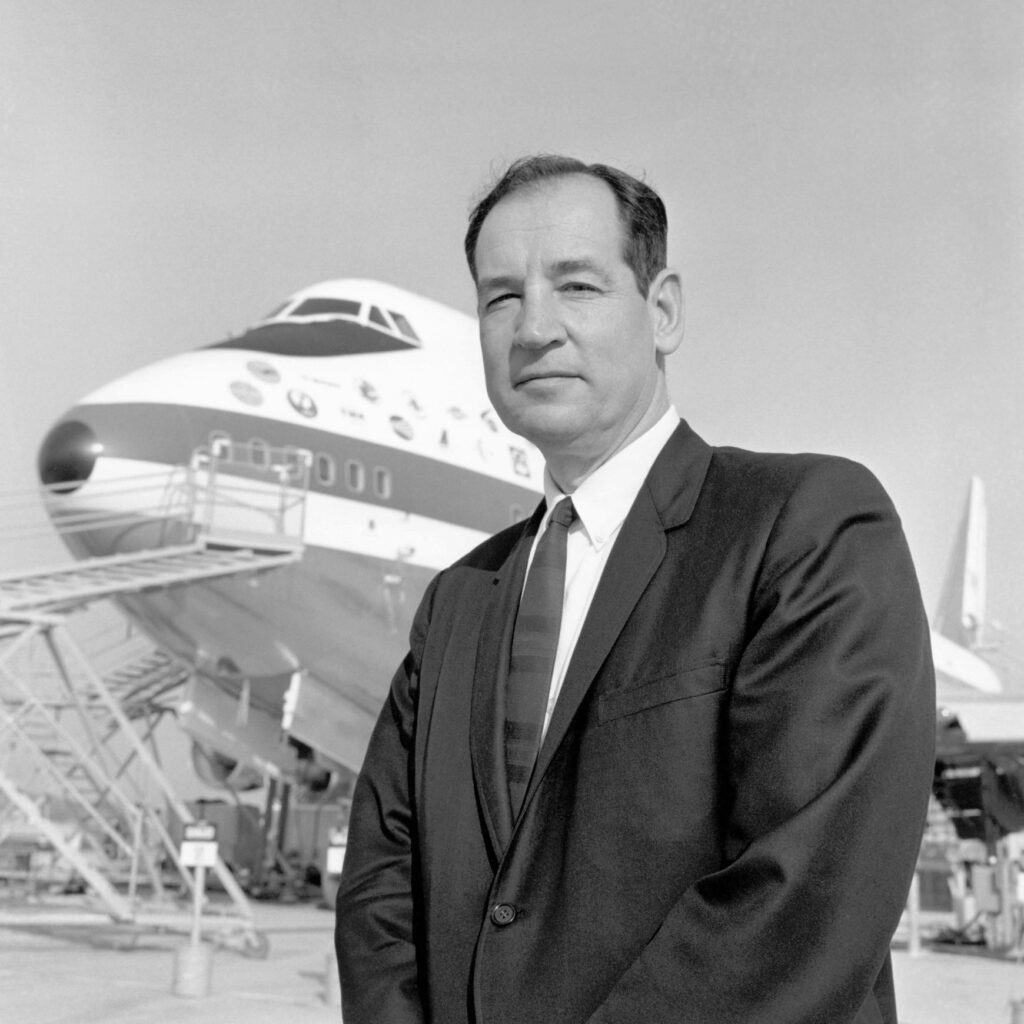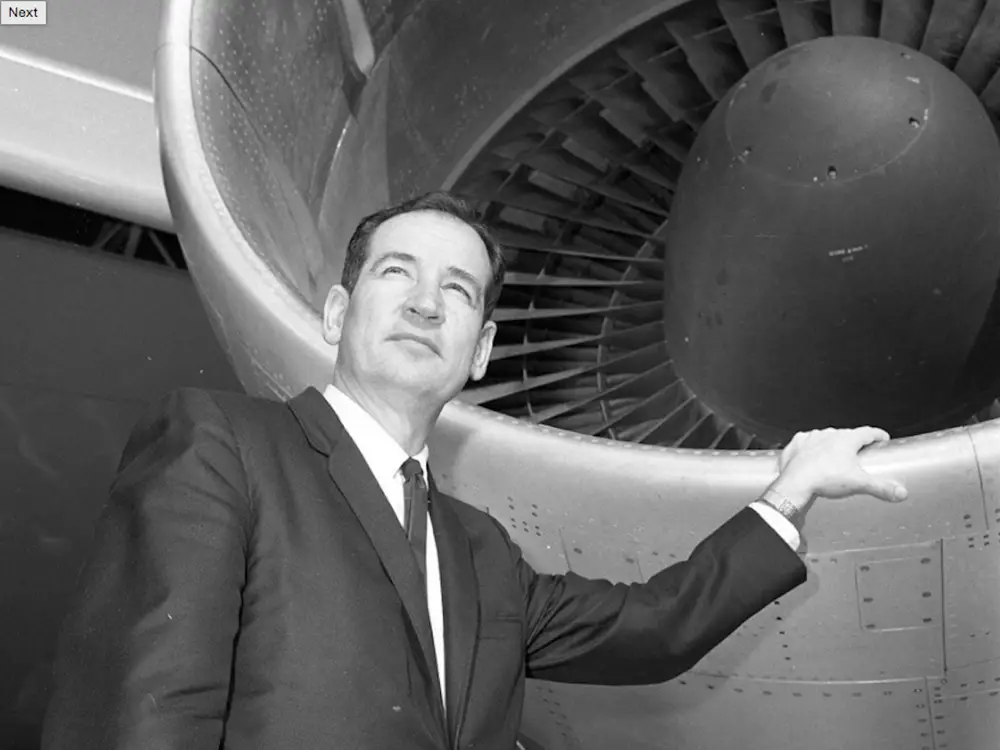LONDON – As production of the Boeing 747 comes to an end, its achievements wouldn’t have been a success without Joe Sutter, the brainchild of the project.
The world of aviation has seen some incredible feats over the years, and few stand out more than the Boeing 747.
This iconic aircraft has been flown by millions of passengers around the globe since its first commercial flight in 1970. But what made this plane so revolutionary?
Who was its creator? His name is Joe Sutter, and he is one of the most influential figures in aviation history.
In this piece, we’ll explore Joe Sutter’s life and how his brainchild helped shape modern aviation as we know it today.
Joe Sutter’s Life and Work

Joe Sutter was born in 1925 in Seattle, Washington. He graduated from the University of Washington with a degree in engineering and went on to work for Boeing.
He was soon promoted to chief project engineer of the 747 program in 1965, which was his brainchild. The plane became one of the most successful commercial jetliners ever built.
Joe Sutter was also responsible for getting Pan Am onboard as the launch customer, which revolutionised the way the airline offered transatlantic flights.
Sutter retired from Boeing in 1986 as Vice President for Commercial Airplane Engineering & Product Development but continued to consult for the company until his death in 2016.
He was inducted into the National Aviation Hall of Fame in 2006.
The Creation of the Boeing 747

When it was announced in 1966 that the Boeing 747 would be the first “Wide-body” airliner, people were skeptical.
The design was so different from anything that had come before it, and it was much larger than any other plane in service at the time.
But Joe Sutter, the head of the 747 projects, was confident in his team’s ability to pull it off.
And they did. The first 747 took flight in 1969 and has been in service ever since. The final Boeing 747 was delivered this week to Atlas Air.
With its distinctive hump on the fuselage, the 747 changed air travel forever. It ushered in a new era of long-haul flights and made air travel more accessible to people around the world.
The 747 is truly a marvel of engineering, and it all started with Joe Sutter’s vision.
The Impact of the 747

The 747 is one of the most iconic and well-known airplanes in the world. It is also one of the most important airplanes in history.
The 747 was the first “jumbo jet,” and it revolutionized air travel.
It made long-distance travel much more accessible and affordable for people all over the world.
The 747 has had a huge impact on the global economy and has helped to connect people and cultures in a way that was never before possible.
The Future of Aviation…

The future of aviation is undeniably exciting but consists more of twin-engine widebody and narrowbody aircraft.
With the ever-growing demand for air travel and the continued advancements in technology, the sky truly is the limit to what the future holds for aviation.
One of the most significant advances in recent years has been the development of more fuel-efficient aircraft.
This is not only good for the environment but also for the bottom line of airlines – which means that we can expect to see even more affordable airfares in the future.
But for now, we can definitely take a step back and marvel at what an important and influential program the Boeing 747 was.









